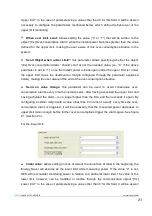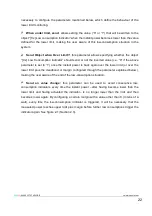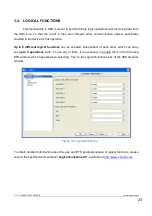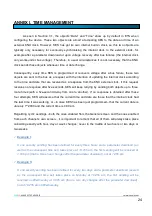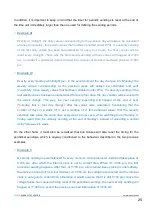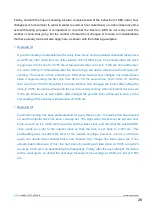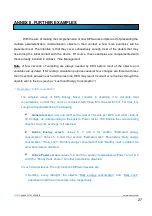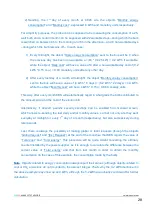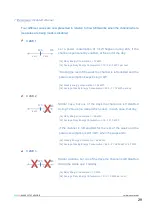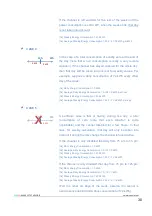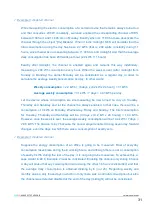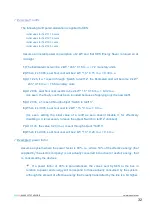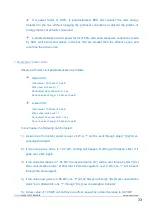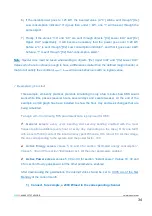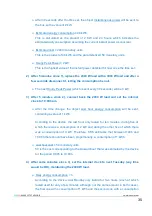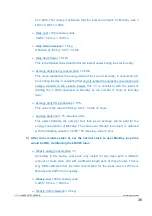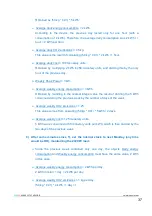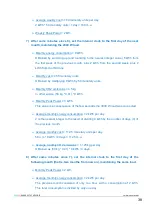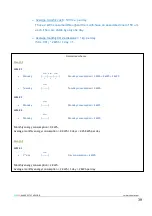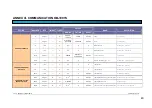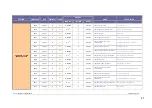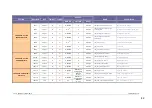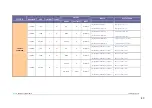
ZENN
iO
AVANCE Y TECNOLOGÍA
vwww.zennio.com
35
35
After 30 seconds after the time set, the object Instantaneous power will be sent to
the bus, with a value of 2 kW.
Estimated energy consumption
≈ 48 kWh.
This is calculated as the product of 2 KW and 24 hours, which indicates the
estimated daily consumption assuming the current instant power as constant.
Estimated cost
≈ 2400 monetary units.
This is the product of 48 kWh and the parameterized 50 monetary units.
Hourly Peak Power
≈ 2 kW
This is the highest value of the instant power detected till now since the time set.
2) After 5 minutes since 1), replace the 2000 W load with a 3000 W load and after a
few seconds disconnect it, letting the consumption be null.
The next Hourly Peak Power (which is sent every 30 seconds) will be 3 kW.
3) After 5 minutes since 2), connect back the 2000 W load and set the internal
clock to 10:00h am.
After the time change, the object Last hour energy consumption will be sent,
containing a value of 1 kWh.
According to the device, the last hour only lasted for ten minutes, during five of
which there was a consumption of 2 kW and during the other five of which there
was a consumption of 0 kW. Therefore, KES estimates that between 9:00h and
10:00h there should have been, proportionally, a consumption of 1 kWh.
Last hour cost
≈ 50 monetary units.
50 is the cost corresponding to the kilowatt-hour that was estimated by the device
for the period 9:00h to 10:00h.
4) After some minutes since 3), set the internal clock to next Tuesday (any time
would be OK), maintaining the 2000 W load.
Daily energy consumption = 3.
According to the device, last Monday only lasted for two hours (each of which
lasted itself for only a few minutes, although not the same amount in both cases),
the first one with a consumption of 1 kWh and the second one with a consumption

